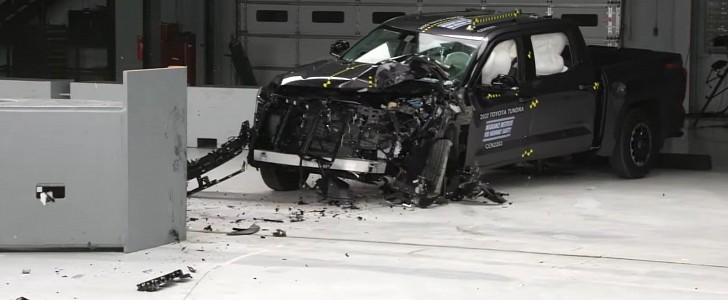Men drivers are 73% less likely to be seriously injured and 17% less likely to die in same-scenario car crashes than women. And researchers say this isn’t just because of the anatomical differences.
Since the very first crash test dummy made back in 1949, dubbed “Sierra Sam,” the shape it was designed to mimic took the male physical appearance. At the same time, there have been dummies that replicate the classical female body shape for decades as well.
However, until recently, the technology for the latter wasn’t quite as close to its target as its male counterpart. Among other factors, it failed to accurately represent the average female geometry of the torso, the muscle and ligament strength, spinal alignment, or muscle distribution.
A Michigan-based ATD (anthropomorphic test device) or crash test dummy manufacturer is hoping to change the current paradigm and make the models closer to reality. And not just when it comes to the classical differences I just mentioned.
They aim to fit all sizes, shapes, and even ages of humans, and translate that to dummies. The ATDs are so complex nowadays that a single one could cost north of $1,000,000. However, the non-discriminatory new breed dummies are not mandatory by law for safety testing, at least not yet.
Even though more men are tied to car-related fatalities than women, research suggests that’s because of combinations of different risk factors like miles driven, behavior behind the wheel, wearing the seat belt or not, or driving while under the influence. Another factor for why women are more exposed than men is the car size and position within the car itself while driving.
Data shows that women have a tendency to pick smaller cars that are less safe during impact. Also, evidence shows that they suffer from more leg and ankle-related injuries, which indicates that they sit much closer to the front of the car.
Put together, these elements are representative of why, on a per-crash basis, women are more likely to be killed and/or severely injured than men.
However, until recently, the technology for the latter wasn’t quite as close to its target as its male counterpart. Among other factors, it failed to accurately represent the average female geometry of the torso, the muscle and ligament strength, spinal alignment, or muscle distribution.
A Michigan-based ATD (anthropomorphic test device) or crash test dummy manufacturer is hoping to change the current paradigm and make the models closer to reality. And not just when it comes to the classical differences I just mentioned.
They aim to fit all sizes, shapes, and even ages of humans, and translate that to dummies. The ATDs are so complex nowadays that a single one could cost north of $1,000,000. However, the non-discriminatory new breed dummies are not mandatory by law for safety testing, at least not yet.
Even though more men are tied to car-related fatalities than women, research suggests that’s because of combinations of different risk factors like miles driven, behavior behind the wheel, wearing the seat belt or not, or driving while under the influence. Another factor for why women are more exposed than men is the car size and position within the car itself while driving.
Data shows that women have a tendency to pick smaller cars that are less safe during impact. Also, evidence shows that they suffer from more leg and ankle-related injuries, which indicates that they sit much closer to the front of the car.
Put together, these elements are representative of why, on a per-crash basis, women are more likely to be killed and/or severely injured than men.











